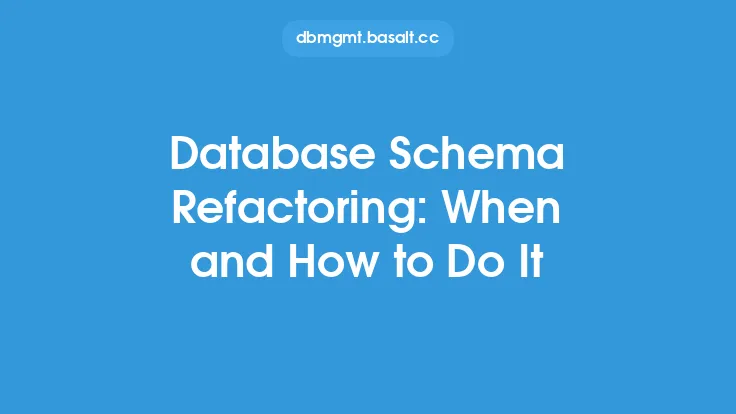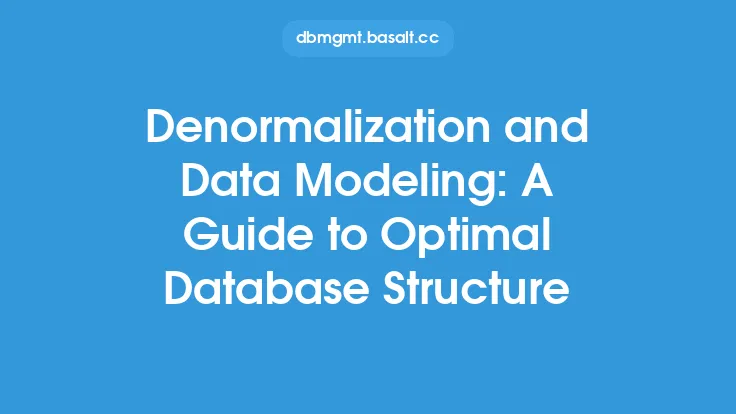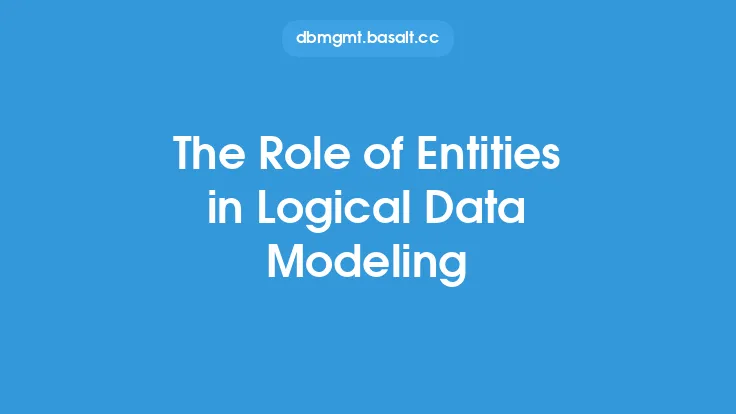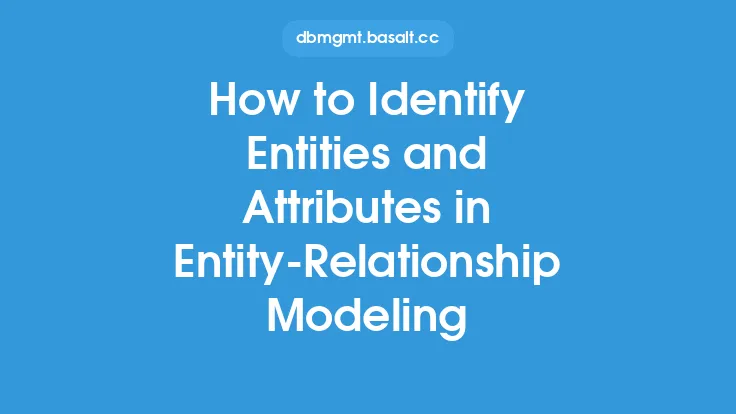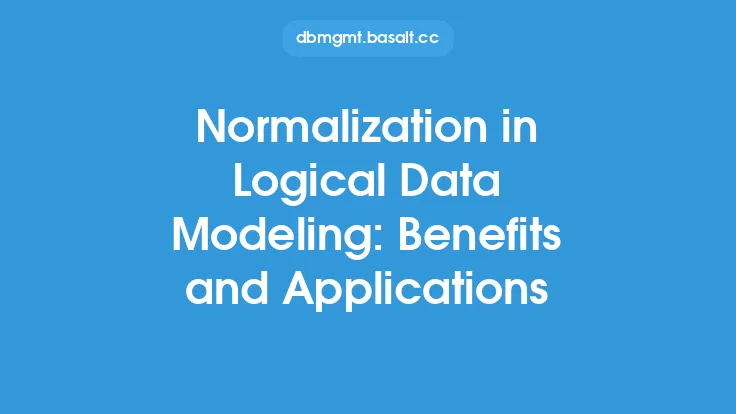In the realm of logical data modeling, the process of normalization is a fundamental concept that ensures data consistency and reduces data redundancy. However, there are situations where denormalization, the reverse of normalization, is necessary to improve data retrieval performance, simplify complex queries, or support specific business requirements. Denormalization involves intentionally deviating from the normalization rules to achieve specific goals, and it requires careful consideration and planning to avoid data inconsistencies and other issues.
Introduction to Denormalization
Denormalization is a technique used in logical data modeling to deliberately violate the normalization rules to achieve specific performance, scalability, or usability goals. While normalization aims to eliminate data redundancy and improve data integrity, denormalization introduces controlled redundancy to support high-performance queries, simplify complex relationships, or enhance data accessibility. Denormalization is not a replacement for normalization but rather a complementary technique that should be applied judiciously and with a clear understanding of its implications.
When to Apply Denormalization
Denormalization is typically applied in situations where data retrieval performance is critical, and the benefits of denormalization outweigh the potential risks. Some common scenarios where denormalization may be necessary include:
- High-performance queries: Denormalization can improve query performance by reducing the number of joins required to retrieve data.
- Complex relationships: Denormalization can simplify complex relationships between entities, making it easier to query and analyze data.
- Data aggregation: Denormalization can support data aggregation and summarization by pre-calculating and storing aggregated values.
- Data warehousing: Denormalization is often used in data warehousing to support high-performance queries and simplify complex relationships.
Types of Denormalization
There are several types of denormalization, each with its own strengths and weaknesses. Some common types of denormalization include:
- Pre-aggregation: Pre-aggregation involves calculating and storing aggregated values, such as sums or averages, to support high-performance queries.
- Pre-joining: Pre-joining involves storing joined data to reduce the number of joins required to retrieve data.
- Data duplication: Data duplication involves storing duplicate data to support high-performance queries or simplify complex relationships.
- Summary tables: Summary tables involve creating separate tables to store summarized data, such as aggregated values or rolled-up data.
How to Apply Denormalization
Applying denormalization requires careful planning and consideration of the potential risks and benefits. Some best practices for applying denormalization include:
- Identify performance bottlenecks: Identify areas where data retrieval performance is critical and where denormalization can have the greatest impact.
- Analyze data usage patterns: Analyze data usage patterns to determine where denormalization can simplify complex relationships or support high-performance queries.
- Evaluate data consistency: Evaluate the potential impact of denormalization on data consistency and develop strategies to maintain data integrity.
- Monitor and maintain: Monitor denormalized data and maintain data consistency to ensure that denormalization does not introduce data inconsistencies or other issues.
Challenges and Limitations of Denormalization
While denormalization can offer significant benefits, it also introduces several challenges and limitations. Some common challenges and limitations of denormalization include:
- Data inconsistency: Denormalization can introduce data inconsistencies if not properly managed.
- Data redundancy: Denormalization can lead to data redundancy, which can increase storage requirements and maintenance costs.
- Complexity: Denormalization can add complexity to the data model, making it more difficult to maintain and evolve.
- Scalability: Denormalization can impact scalability, as denormalized data can become increasingly difficult to manage as the data volume grows.
Best Practices for Denormalization
To ensure that denormalization is applied effectively and with minimal risk, several best practices should be followed. Some best practices for denormalization include:
- Document denormalization: Document denormalization decisions and the rationale behind them to ensure that the denormalization is understood and maintained.
- Monitor data consistency: Monitor data consistency to ensure that denormalization does not introduce data inconsistencies or other issues.
- Evaluate performance: Evaluate the performance impact of denormalization to ensure that it achieves the desired benefits.
- Maintain data integrity: Maintain data integrity by implementing strategies to ensure that denormalized data remains consistent and accurate.
Conclusion
Denormalization is a powerful technique in logical data modeling that can improve data retrieval performance, simplify complex relationships, and support specific business requirements. However, denormalization requires careful consideration and planning to avoid data inconsistencies and other issues. By understanding when and how to apply denormalization, data modelers can create high-performance, scalable, and maintainable data models that support business requirements and drive business success.
